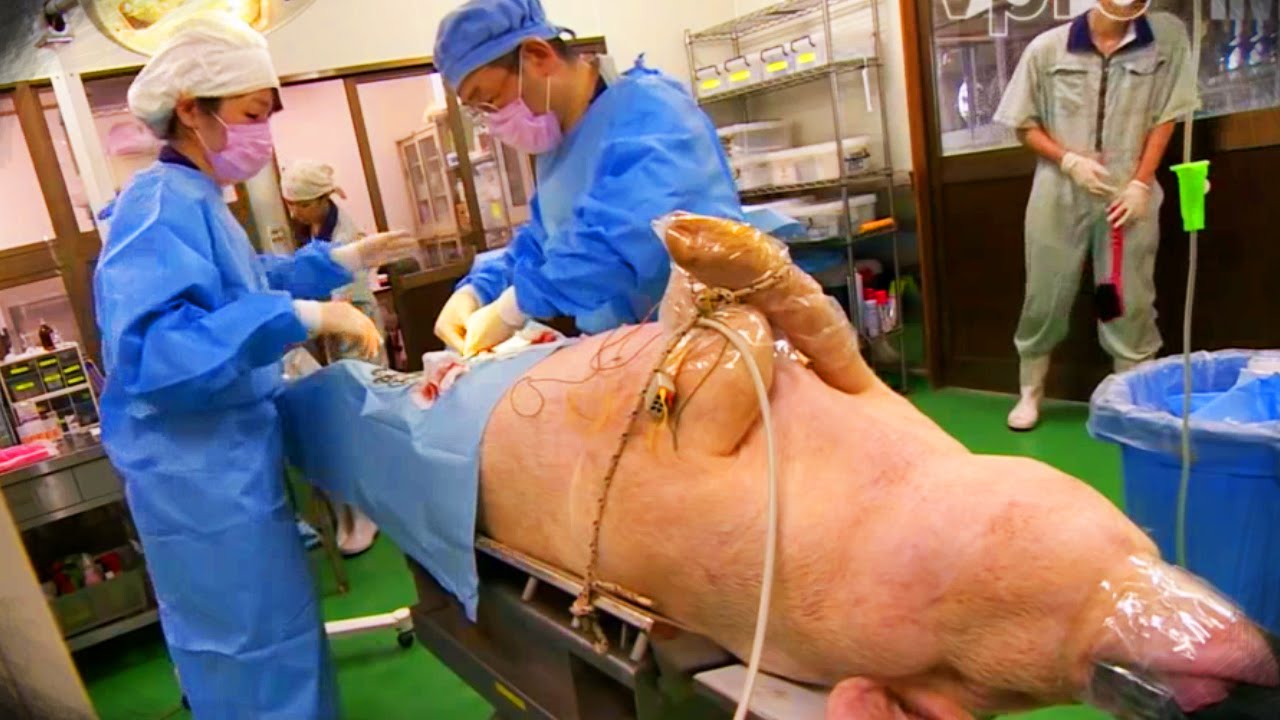|
While the largest contributing exposure to fluoride lies within the public water supply, a unsuspecting exposure may be within the food you consume regularly. Fast food wrappers and containers, made up of grease-resistance packaging, contain per- and polyfluoroalkyl substances (PFASs), which are synthetic compounds with fluorine present. Some of these PFASs have been associated with cancer, developmental toxicity, immunotoxicity, and other health effects. While you may be thinking, "okay, fluoride is in the wrapper. I am not going to eat the wrapper." However, think again, PFASs can leach into food and increase dietary exposure. Researchers observed that 46% of food contact papers and 20% of paperboard samples contained detectable fluorine (Schaider et al, 2017). Another team of researchers ran an experiment to determine if flouride that migrates into foods from the wrappers. Indeed, the results indicate that fluoride does leach into food from the packaging. In fact, foods containing oils in these pacakages can significantly enhance migration of fluoride from paper into food (Begley, Hsu, Noonan, & Diachenko, 2008). Here's A Solution Eat more fresh foods! Rather than voting for fast food corporations with your dollar, invest in future that you want to see. Take the steps to an optimal diet. It begins by creating your own food. After all, it is better for your health and wellness. References Begley, T. H., Hsu, W., Noonan, G., & Diachenko, G. (2008). Migration of fluorochemical paper additives from food-contact paper into foods and food simulants. American Chemical Society Journal, 25(3), 384–390. doi:http://chemport.cas.org/cgi-bin/sdcgi?APP=ftslink&action=reflink&origin=ACS&version=1.0&coi=1%3ACAS%3A528%3ADC%252BD1cXislSqtLs%253D&md5=5a11497737734cf9e87c4b1a1a7279a9
Schaider, L. A., Balan, S. A., Blum, A., Andrews, D. Q., Strynar, M. J., Dickinson, M. E., … Peaslee, G. F. (2017). Fluorinated compounds in U.S. Fast food packaging. Environmental Science & Technology Letters. doi:10.1021/acs.estlett.6b00435
0 Comments
Chimera: an organism containing a mixture of genetically different tissues, formed by processes such as fusion of early embryos, grafting, or mutation. Using the CRISPR gene editing technique, researchers at the Salk Institute for Biological Studies in La Jolla, California successfully created the first interspecies breed between humans and pigs in hopes of gaining insights into species evolution, embryogenesis, human disease, as well as generating human organs.
Chimeras have not only been limited to ungulates. The study also demonstrates the ability to transplant human stem cells into mice and rats, albeit inefficient. The researchers concluded the inefficiency results from species-specific differences between human and mouse embryogenesis, nonetheless successful implantations occurred. The observations reported in this paper revealing the abilities of human stem cells to be implanted into embryos of hoofed mammals (pig and cattle) and rodents, remains to be a largely unethical practice. Such practices are privately funded and are currently ineligible for government funding (National Institutes of Health, 2016). Like many other technologies, this is definitely a double-edged sword that we all should be skeptical of. How is this technology going to be used? Who is it going to be used by? We must accept the possibility of the creating new strains of incurable viruses and diseases as a result of scientists deciding to experiment and mix species together. References National Institutes of Health. (2016, August 4). Next Steps on Research Using Animal Embryos Containing Human Cells. Retrieved February 9, 2017, from http://osp.od.nih.gov/under-the-poliscope/2016/08/next-steps-research-using-animal-embryos-containing-human-cells
Wu, J., Platero-Luengo, A., Sakurai, M., Sugawara, A., Gil, M. A., Yamauchi, T., . . . Belmonte, J. C. (2017). Interspecies Chimerism with Mammalian Pluripotent Stem Cells. Cell, 168(3), 473-486. doi:10.1016/j.cell.2016.12.036
UV radiation is considered a cause of cataracts and pterygia (a benign growth of the conjunctiva that is caused by UV light). The association between degenerative eye diseases, such as age-related macular degeneration, and chronic UV radiation exposure is increasing. Researchers reported that photoreceptors in the retina are vulnerable to damage by UV light, suggesting that rods are affected earlier than cones. It is advised to avoid the use of close-range fluorescent lighting, including desk lamps, to reduce the risks of UV radiation. It is recommended that fluorescent lighting should be replaced by warm-white tubes or incandescent light bulbs of a lower color temperature. If fluorescent lights are continued to be used, a UV filter is highly recommended. The safe range of light appears to be between 2000 and 3500K and a wavelength greater than 500 nm. Reference Walls, H. L., Walls, K. L., & Benke, G. (2011). Eye disease resulting from increased use of fluorescent lighting as a climate change mitigation strategy. American Journal of Public Health, 101(12), 2222–2225. doi:10.2105/ajph.2011.300246
|
The Awareness domain contains research, news, information, observations, and ideas at the level of self in an effort to intellectualize health concepts.
The Lifestyle domain builds off intellectual concepts and offers practical applications.
Taking care of yourself is at the core of the other domains because the others depend on your health and wellness.
Archives
May 2024
Categories
All
|






 RSS Feed
RSS Feed

